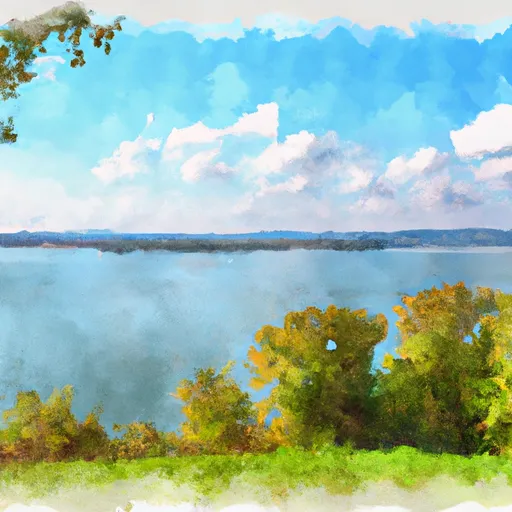°F
°F
mph
Windspeed
%
Humidity











Miamitown, Ohio is a small village located in Hamilton County along the scenic Great Miami River. The region experiences a humid continental climate, with hot and humid summers and cold winters. The average annual temperature is around 53°F, and the area receives an average of 41 inches of rainfall annually.
The village is surrounded by the Great Miami River, offering various hydrology constituents and recreational opportunities. Fishing enthusiasts can find a variety of fish species, including bass, catfish, and carp. The river also provides opportunities for boating, kayaking, and canoeing. Additionally, Miamitown has several parks and trails that residents and visitors can explore, such as the Miami Whitewater Forest, which boasts walking trails, picnic areas, and a beautiful lake for fishing and boating.
Outdoor enthusiasts can also enjoy camping, hiking, and bird-watching in the nearby Shawnee Lookout Park, which offers stunning views of the river and lush forests.
Overall, Miamitown, Ohio provides a picturesque setting with its natural beauty, recreational opportunities, and access to the Great Miami River.
Weather Forecast
Miamitown receives approximately 1142mm of rain per year, with humidity levels near 81% and air temperatures averaging around 12°C. Miamitown has a plant hardyness factor of 6, meaning plants and agriculture in this region thrive during a short period during spring and early summer. Most plants will die off during the colder winter months.
Regional Streamflow Levels
939
Cubic Feet Per Second
38
Cubic Feet Per Second
291
Cubic Feet Per Second
47
Cubic Feet Per Second
Nearby Camping
| Camping Area | Reservations | Toilets | Showers |
|---|---|---|---|
| Bullock Pen Lake Ramp - DFWR | |||
| Fall Creek - Lake Cumberland | |||
| Boat Ramp - Elmer Davis Lake - DFWR | |||
| Boltz Lake Ramp - DFWR | |||
| Kentucky Horse Park Campground | |||
| General Burnside State Park |



